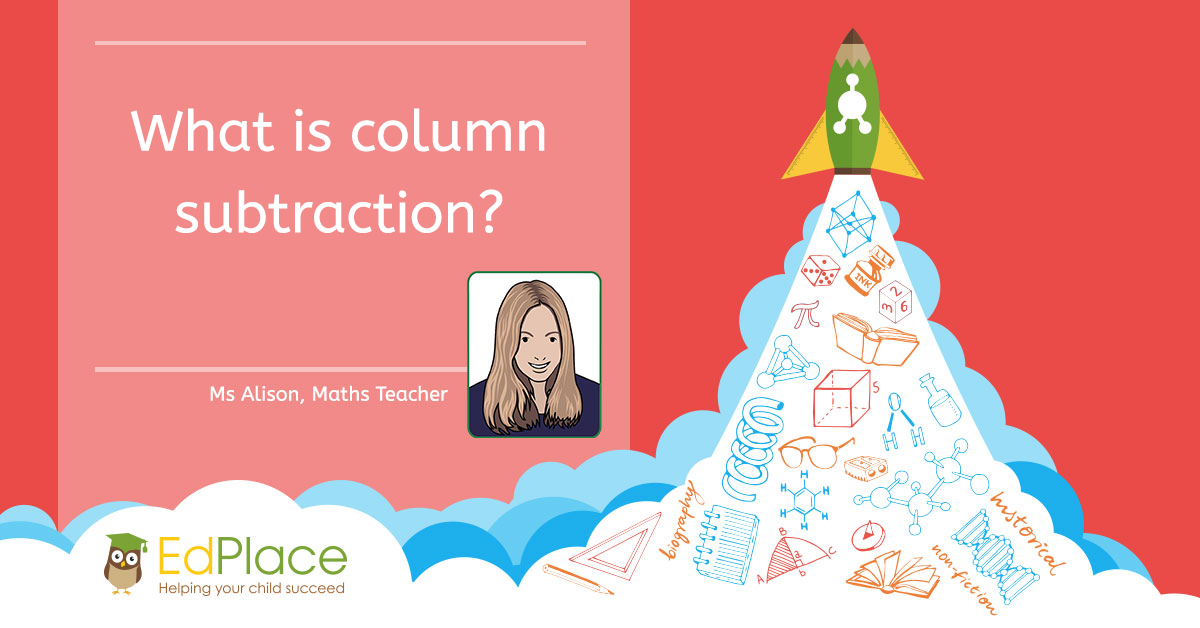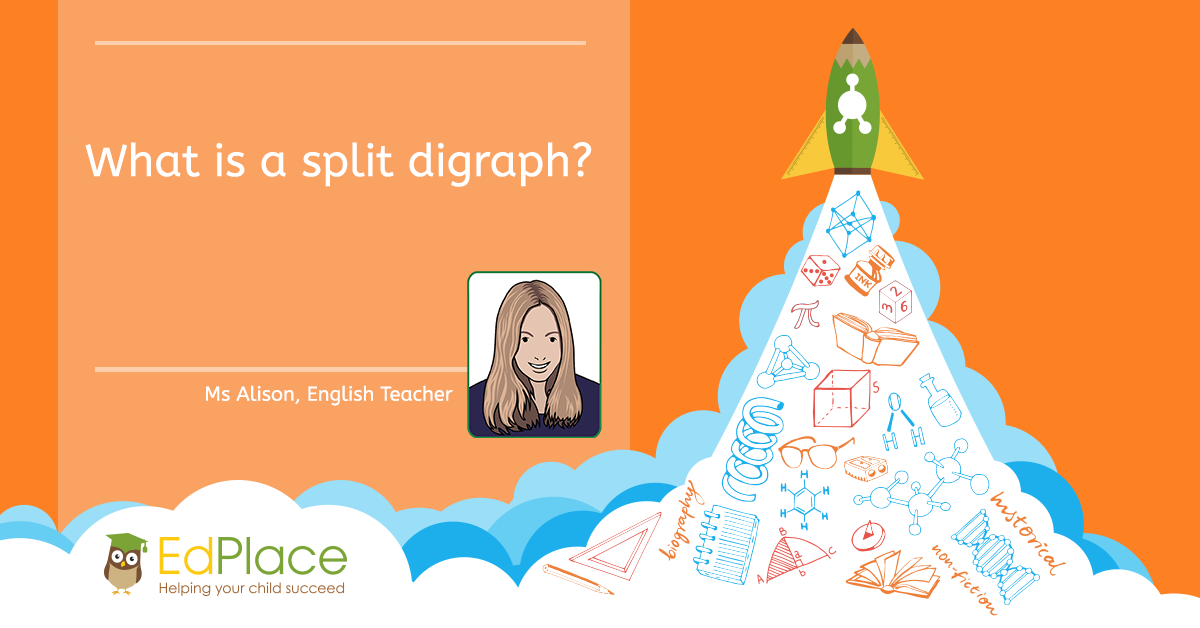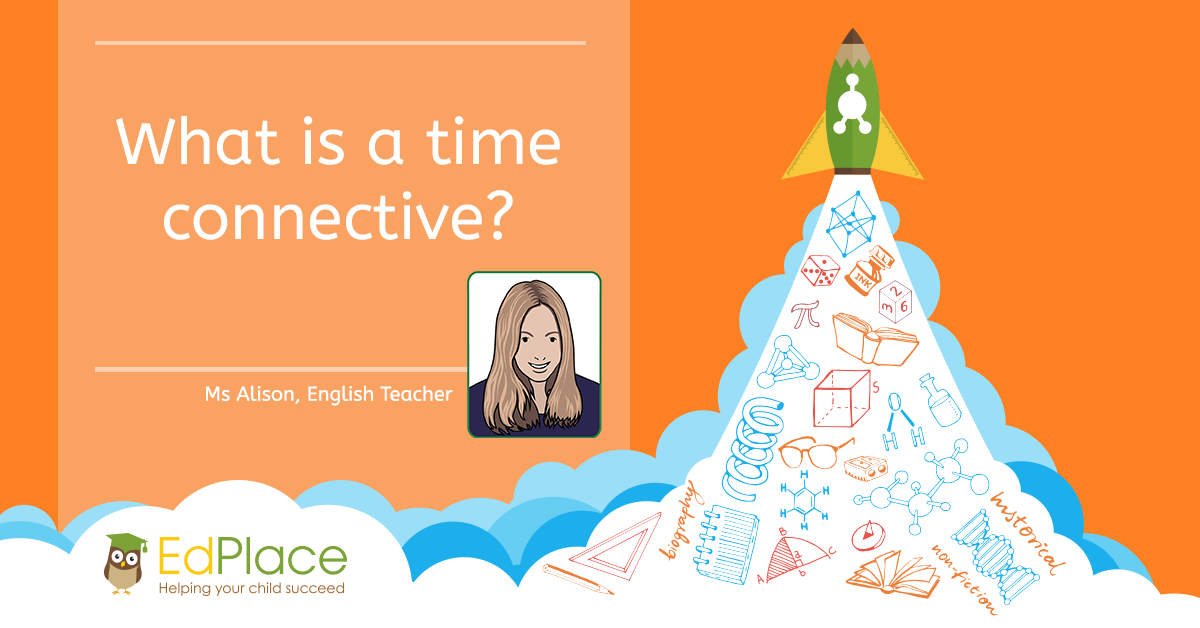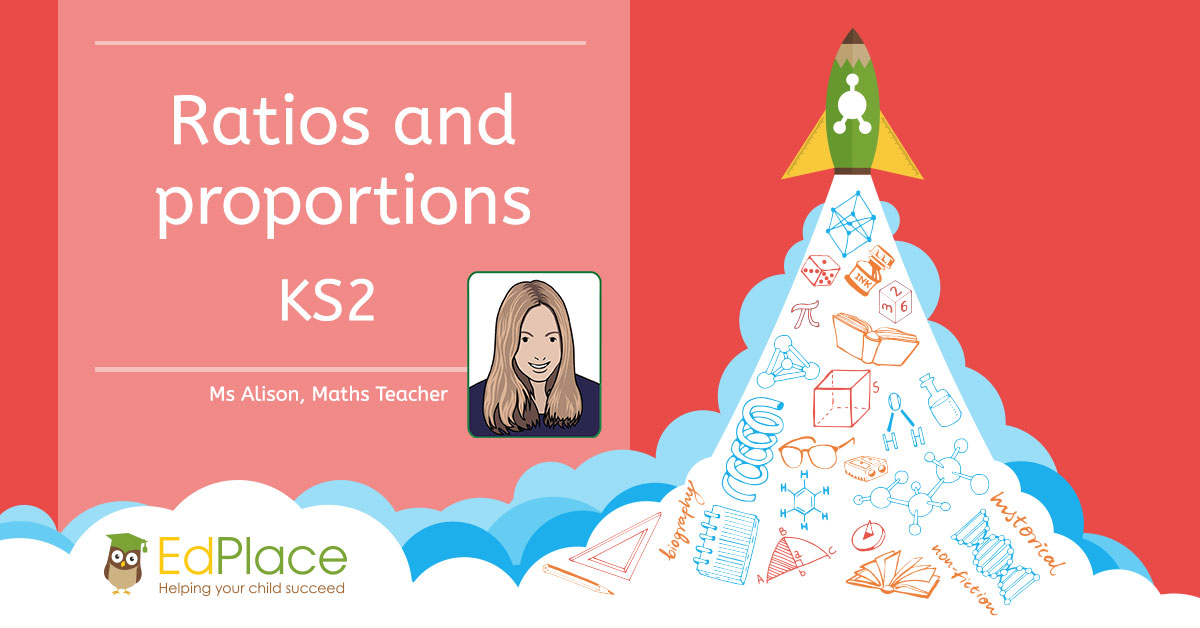What are embedded clauses?
Clauses are groups of words that contain a subject and a verb.
A main clause contains the idea or action.
Josh walked home slowly
A subordinate clause contains another idea or action linked to the main clause, but it will never stand alone as a complete sentence. You usually separate the clauses with a comma.
Because he was tired
Josh walked home slowly, because he was tired.
An embedded clause is another way of using a subordinate clause, but in the middle of a sentence. It becomes embedded in the sentence. Usually, this clause will be separated by two commas, one before and one after.
Josh, who was feeling tired, walked home slowly.
Let's practice!
Embedded clauses explained
Complex sentences are made up of a main clause and a subordinate clause. The subordinate clause also contains a subject (the thing or the person), and a verb (a doing word). However, a subordinate clause can NEVER stand alone as a complete sentence, because it cannot make sense on its own.
An embedded clause is simply a subordinate clause which has been embedded or placed in the middle of the sentence. It is usually separated by a comma either side.
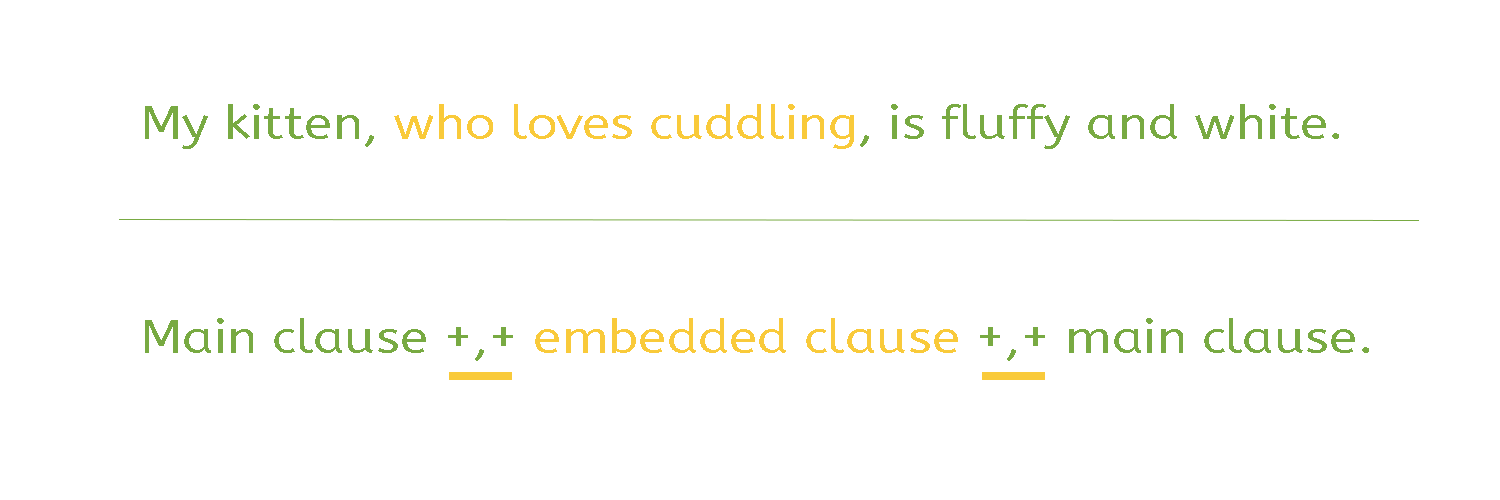

Types of embedded clauses
There are two types of embedded clause; nominal clauses and relative clauses.
Nominal clauses create the embedded clause using ‘for’, ‘that’, ‘from’ or ‘being’


Relative clauses create the embedded clause using ‘which’, ‘where’, ‘who’, ‘whom’ and ‘whose’.


Embedded clauses are a useful tool when writing and can create a powerful effect. However, it’s important not to use them too often; they can be more effective when used sporadically.
How to help your child use embedded clauses.
Make some coloured cards with nominal and relative conjunctions on them;
| for | that | from | being | which | where | who | whom | whose |
Prepare a selection of simple sentences, then using the cards, challenge yourself and your child to turn the simple sentence into a sentence with an embedded clause? Give out points for achieving this, and as they get better, compete against them. Who can make the funniest sentences?
Another key skill is noticing embedded clauses when reading. Try reading together, can you spot an embedded clause? Why might the author have chosen to use this here?
Worksheets and Practice
Embedded clauses are a part of our language and can really make a difference in the quality of your writing. We at EdPlace are on hand to help and support you and your child with your learning. We have plenty of great worksheets to teach you about embedded clauses as well as relative and nominal clauses.
Year 1 – Joining words and Clauses 1 2 3
Year 3 – Sentence composition: main and subordinate clauses
Year 4 – Sentence composition: single and multi-clauses
Year 4 – Sentence composition: phrases and clauses
Year 5 – Understanding relative clauses 1
Year 5 – Understanding relative clauses 2
Year 5 – Understanding relative clauses 3
Year 5 – Sentence structure: commas and subordinate clauses 1
Year 5 – Sentence structure: commas and subordinate clauses 2
Year 7 – Revise the structure of complex sentences
Further Information
If you want to get to grips with embedded clauses, we have listed below a selection of excellent websites containing information, games and ideas to help you.
https://www.topmarks.co.uk/Search.aspx?q=sentences
http://www.sentenceplay.co.uk/
http://www.bbc.co.uk/bitesize/ks2/english/spelling_grammar/sentences/read/1/
Wait, don’t go! Keep Learning with EdPlace

AUTHOR, MS ALISON – ENGLISH TEACHER.



